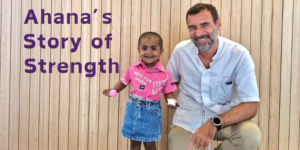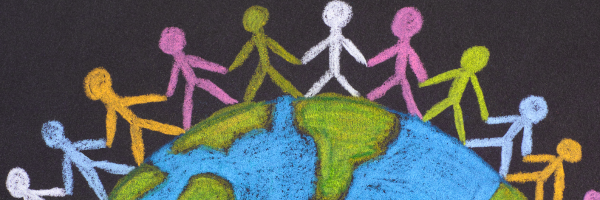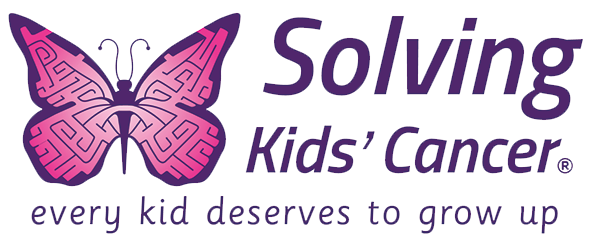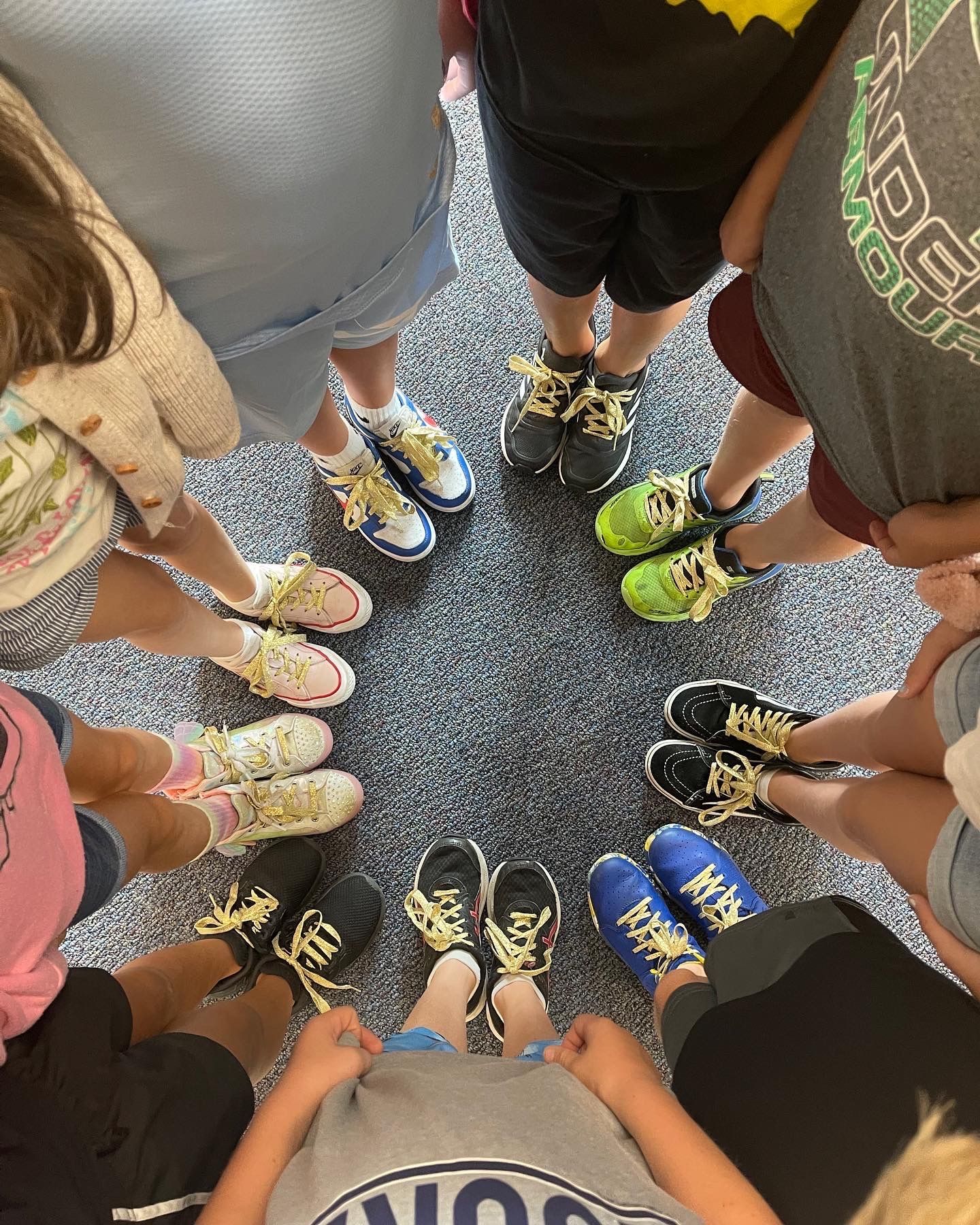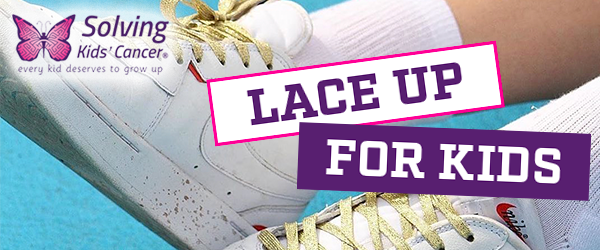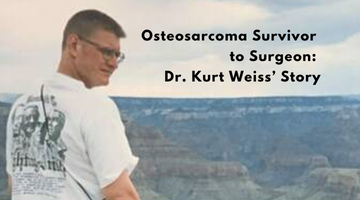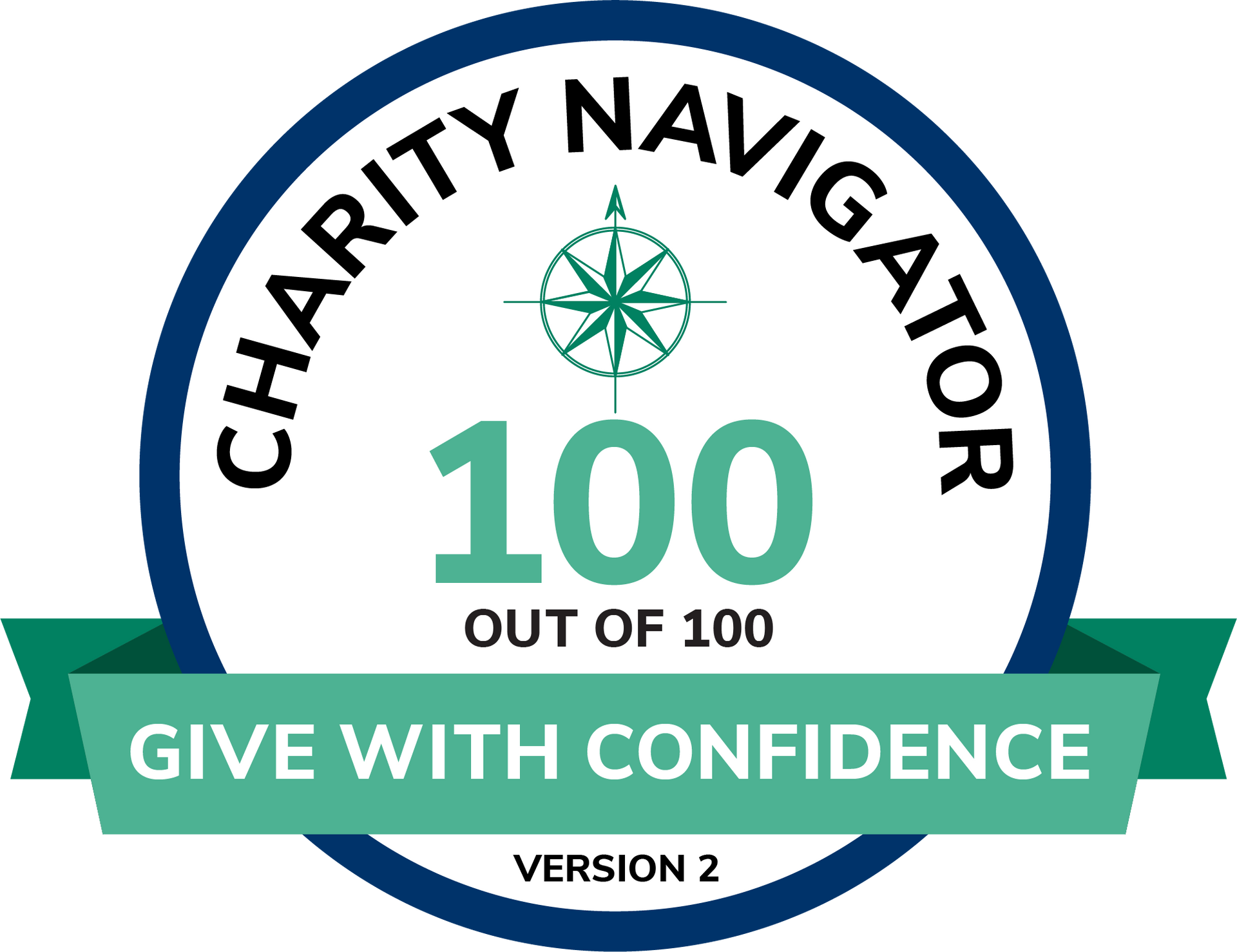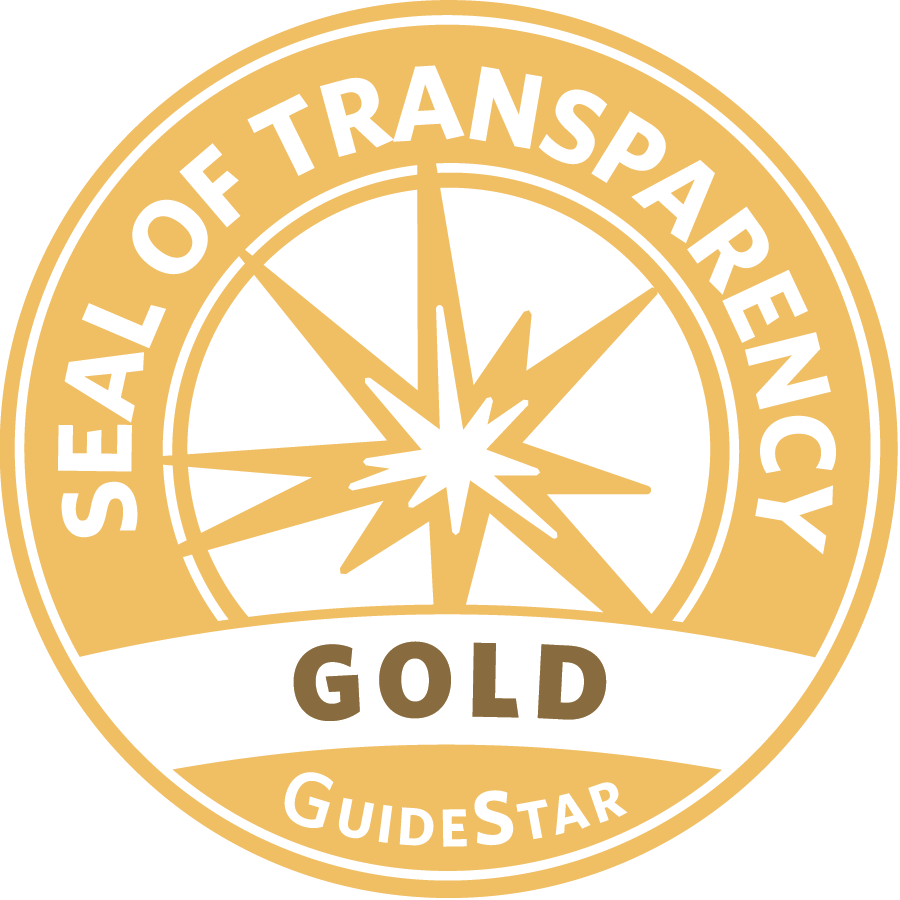International Collaboration Speeds Progress in Childhood Cancer Research
Despite major progress over the past several years, cancer is still the number one cause of death by disease in children past infancy in the developed world. In fact, of the approximately 360,000 children and adolescents across the globe diagnosed with cancer each year, 80% lack access to quality treatments and cures, highlighting the need to establish global networks to improve diagnoses and care.
The availability of effective and less-toxic treatments for childhood cancer remains an unmet clinical need. Cancer drug development for children often extensively leverages adult drug discovery and development, meaning that the evaluation and approval of new anticancer therapies for children lag significantly behind those for adults. International collaboration, transparent communication, and standardization of care can accelerate the progress of these therapies for our youngest generations.
Challenges of Global Cancer Research
While a seemingly simple solution, international research collaboration, and drug development are complicated by several factors.
• Differing regulations across different countries. In order to facilitate clinical trials across multiple countries, many national and regional regulatory authorities have heightened the level of oversight required to conduct a clinical trial. This means that in order to conduct an international trial, a complex array of differing regulatory requirements may apply. Interestingly, this complexity is not unlike the challenges faced by platforms like Top Nederlandse goksites, which must navigate varying regulatory landscapes to operate legally and ensure consumer protection across different jurisdictions. For example, the U.S. Department of Health & Human Services mandated that research funded by the United States but taking place at sites outside of the U.S. must submit documentation certifying that each research site observes the Declaration of Helsinki on Ethical Principles for the Conduct of Research on Human Subjects and has an independent ethics committee. Similarly, the National Cancer Institute of Canada placed regular on-site audits on trials it supports. While the aim of these regulations is to ensure the safety and ethics of clinical trials, the vast and differing protocols make it complicated to put together an international trial approved by all entities, can delay trial implementation, and may deter funders.
• Early versus late phase trials. While International late-phase trials are more common due to the large number of patients needed to fulfill the requirements of the study, early phase trials, used to determine safety and dosage, may only require a couple of dozen patients in total. As such, international early phase trials face unique and costly challenges in overcoming regulatory hurdles in multiple countries for what may end up being only a few patients at each site.
• Varying access to resources. Cancer cases in low- and middle-income countries (LMICs) account for nearly 80% of cases worldwide, yet these countries have less than 5% of global resources for cancer care and control. In LMICs, survival of children with cancer is directly proportional to several health indicators, including the number of physicians and nurses per 1,000 population, availability of specialized diagnostic equipment and therapies, and annual government health care spending per person.
• Differing opinions and licensing for drug development. Pharmaceutical companies across the globe may conduct clinical trials on their own or in partnership with additional stakeholders. However, typically, the pharmaceutical company is more focused on funding trials that will provide the data necessary for a licensing application, while other stakeholders may want to test agents from competing companies in the same trial. In many cases, this can mean that a trial addressing a question of great importance to oncologists and patients may be of no interest to the pharmaceutical industry.
• Lack of knowledge of total disease burden. Often due to poor infrastructure and lack of access to resources such as widespread internet or transportation, LMICs are unable to establish national patient registries in order to track the total number of diagnoses across the population. This contributes to a global underrepresentation of the prevalence of childhood cancer and varying standards for disease diagnosis and staging, making it harder to translate gains achieved in higher-income settings to all children worldwide.
• Difficulty of tumor and specimen collection. As the field of cancer therapeutic research becomes more advanced, the need to collect and analyze biological specimens of clinical trial participants is becoming more critical. However, shipment of these specimens across international borders may require differing regulations or maybe entirely forbidden. In some cases, parallel banks could be set up across countries, but this would require standardization and quality assurance procedures to ensure all specimens are treated the same way.
Benefits of International Research Collaboration

While the factors above highlight the challenges of global collaboration in cancer research, the potential benefits to all stakeholders far outweigh these hindrances.
• Larger sample sizes for trials. Because so many childhood cancer research trials study incredibly rare cancer types or subtypes, it can be difficult to find a statistically significant number of participants diagnosed with the specific biological makeup the trial is hoping to investigate. International collaboration means patients from across the globe have access to clinical trials for which they are eligible. Larger sample sizes of trial participants cut down the time it takes to determine the efficacy of a new treatment, ultimately helping to speed up the approval process for experimental treatments.
• Scientific breakthroughs and discoveries. Most rare diseases, including childhood cancers, can be genetic in origin or result from a dysfunction of a singular pathway, such as a gene or protein. A better understanding of a particular defect can lead to much broader applications of the research findings, serving as a model for other conditions that may involve that pathway.
• Standardization of care. Global collaboration necessitates standard language and protocols for diagnosis, classification, trial design, and endpoints, diagnostic tools such as imaging, treatment options such as surgical procedures or chemotherapy administration, and population-based diagnostic tracking through a national registry. This standardization ensures that patients can receive the same quality of care, regardless of location.
• Fewer duplicative trials. When international stakeholders are transparently partnering on various projects, it reduces the chance of designing a trial for a treatment that has already been tested, ensuring the maximum amount of resources — funds, therapeutic agents, participants, etc. — can go towards identifying and distributing the most effective treatments.
• Expanded access to data. International partnership requires transparency and coordination to be successful. Sharing data — whether from a large clinical trial, genomic study, or national disease registry — allows the best and brightest across the globe to build upon each others’ work more quickly as they search for better treatments and a cure.
• Faster distribution. Simply put, all of these factors combine to streamline drug development. Larger trials mean more efficient findings more quickly; expanded access to data and sharing of scientific discoveries means more innovation to develop more effective, less toxic therapeutics; transparent communication cuts back on duplicative trials to enhance resources available, and standardizing procedures mean less red tape for regulatory restrictions and licensing agreements.
Ultimately, strengthening international collaboration can help maximize resources to ensure that every child with cancer — regardless of where they live — can grow up.
Leading the Way in Global Collaboration
Solving Kids’ Cancer believes that the establishment of global networks is essential to improve childhood cancer diagnosis and care. Through research advocacy on behalf of those diagnosed and bold investments in novel therapies, Solving Kids’ Cancer leads the path to global collaboration by encouraging international sites for clinical projects when feasible.
For example, with our UK counterpart, we initiated a call for proposals to launch an international combination immunotherapy trial. This collaboration is supporting an innovative trial testing a new three-pronged approach using miBG radiotherapy with two antibodies to treat relapse/refractory neuroblastoma. The trial is conducted through an international partnership between the U.S., UK, and Germany. Additionally, we are aiming to improve the treatment of newly diagnosed children with neuroblastoma. Led by our UK counterpart, we initiated another call for an international frontline trial that has resulted in the first-ever collaboration between the Children’s Oncology Group (COG) and the International Society of Pediatric Oncology – Neuroblastoma (SIOPEN) to introduce a new targeted agent into frontline therapy for children with ALK mutations that will begin in 2021. This collaboration is jointly funded by seven U.S., UK, and EU charities.
Solving Kids’ Cancer focuses on meeting the unmet clinical needs of children living with the most fatal pediatric cancers. In November 2020, we co-hosted the first-ever Neuroblastoma Parent Global Symposium, bringing together scientists, medical professionals, patient families, and funders from across the world to learn about new treatments and progress. By spearheading international partnerships and helping to develop national and regional frameworks for collaboration, we are speeding up the progress of new treatments and cures.
Your support can help strengthen international partnerships to overcome barriers to collaboration and improve cancer treatment for children around the world. Give today.
